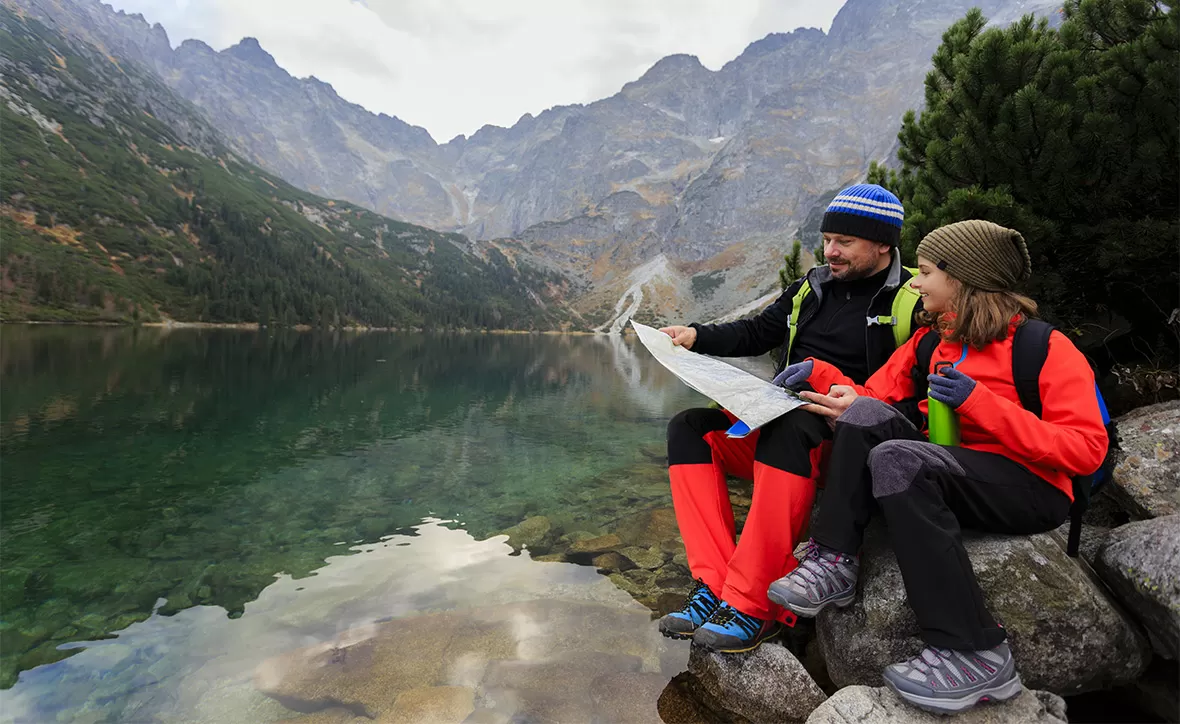When it comes to planning a trip, efficiency can make a world of difference. Imagine you’re gearing up for a road trip to visit multiple cities, wanting to squeeze the most out of your adventure without wasting precious time on the road. Here’s where the Travel Salesman Problem (TSP) comes into play. Though it sounds mathematical, understanding its core concepts can dramatically enhance your travel experience.
What is the Travel Salesman Problem?
The Travel Salesman Problem is a classic optimization challenge that aims to determine the shortest route for a salesman to visit a set of cities and return to the starting point. For you as a traveler, this translates into figuring out the best order to visit a list of destinations while minimizing travel time and distance.
Imagine planning a trip to explore cities like New Orleans, Atlanta, and Nashville. The goal would be to figure out the most efficient way to travel from one city to another without doubling back unnecessarily. For example, if you were to visit each city in a random order, you might end up driving significantly more miles than if you had planned your route wisely.
Why This Matters for Your Travel Plans
The principles behind the Travel Salesman Problem can be incredibly useful for anyone who travels, especially if you have multiple stops on your itinerary. Here’s how understanding TSP can make a real difference:
- Optimized Itineraries: Using TSP concepts, you can plan your route to reduce driving time and fuel costs. For instance, if you’re driving from Los Angeles to San Francisco and want to make stops in Santa Barbara and Monterey, calculating the best order to visit can save you hours on the road.
- Time Management: A well-planned route allows you to allocate your time effectively. The less time spent driving means more time to explore attractions, enjoy meals, and engage with local culture.
- Cost Savings: Traveling can be costly, with expenses like gas and accommodation. By optimizing your route, you can minimize these costs. For example, taking a longer route might lead to needing an extra night in a hotel, which can significantly impact your budget.
- Enhanced Experiences: The more efficiently you travel, the more opportunities you have to enjoy local sights and experiences. Instead of rushing from one place to another, you can take leisurely detours and discover hidden gems along the way.
Tips for Applying TSP Concepts to Your Trip
You don’t need to be a mathematician to take advantage of the insights offered by the Travel Salesman Problem. Here are some practical steps you can take to improve your travel planning:
- Make a List of Destinations: Start by jotting down all the cities and attractions you want to visit. Having a clear list helps you visualize your trip and set priorities.
- Use Mapping Tools: Online maps or travel planning apps can help you assess distances between your chosen locations. Google Maps, for example, allows you to input multiple destinations and find the best route based on real-time traffic data.
- Plan for Flexibility: Life is unpredictable, especially while traveling. Build in some extra time in your itinerary to account for unexpected delays or opportunities to explore.
- Evaluate Must-See Locations: Identify which places are non-negotiable and which can be adjusted if time becomes an issue. This will help keep your trip enjoyable and less stressful.
- Consider Local Events: Research local festivals, concerts, or events happening during your visit. This can add a unique dimension to your trip and might influence the order of your stops.
Real-World Example of Route Optimization
Let’s say you’re planning a week-long trip along the East Coast. You want to visit cities like Washington, D.C., Philadelphia, and New York City. Instead of jumping from city to city without a clear plan, you might discover that traveling from D.C. to Philadelphia, then on to New York, is the most efficient path. This strategic approach helps you avoid backtracking and gives you more time to enjoy each city.
Conclusion
The Travel Salesman Problem may seem like a concept confined to mathematics, but its implications are practical for travelers everywhere. By applying TSP principles to your trip planning, you can create an efficient itinerary that saves time, reduces costs, and enhances your overall experience.
Next time you’re organizing a journey, remember that a little optimization can go a long way. Whether you’re visiting a few nearby cities or embarking on an extensive road trip, thoughtful planning will allow you to maximize every moment of your adventure. Happy travels!


